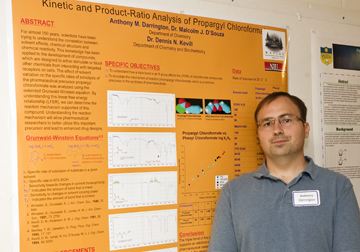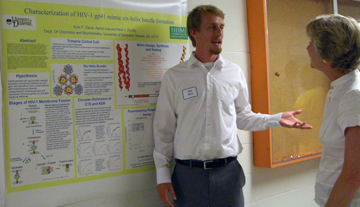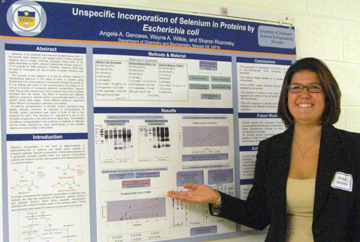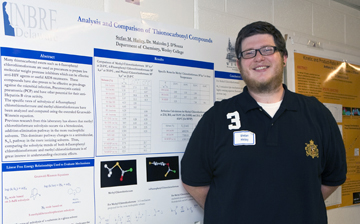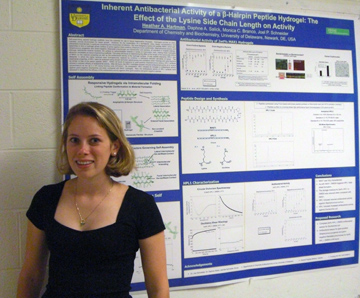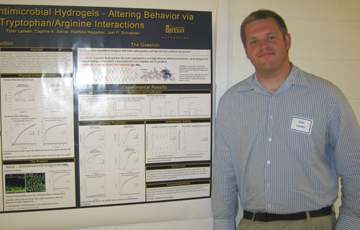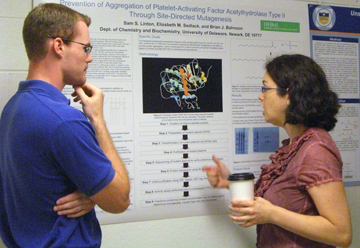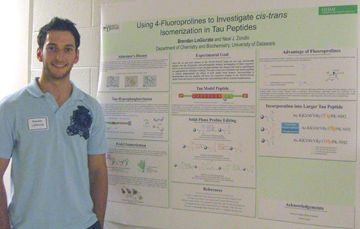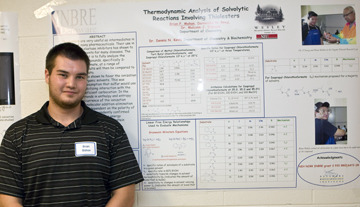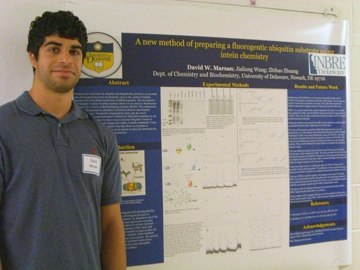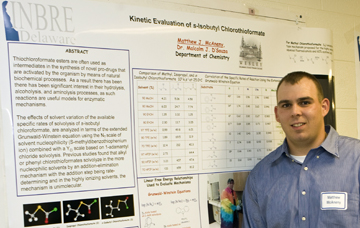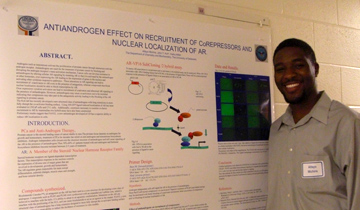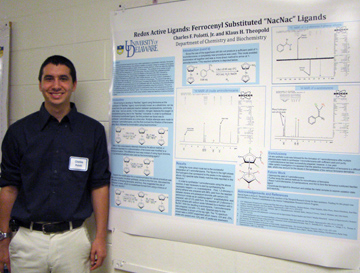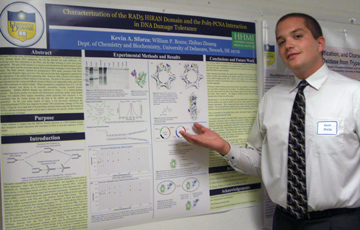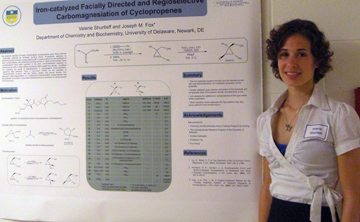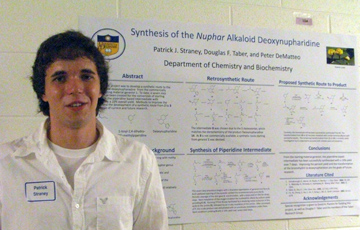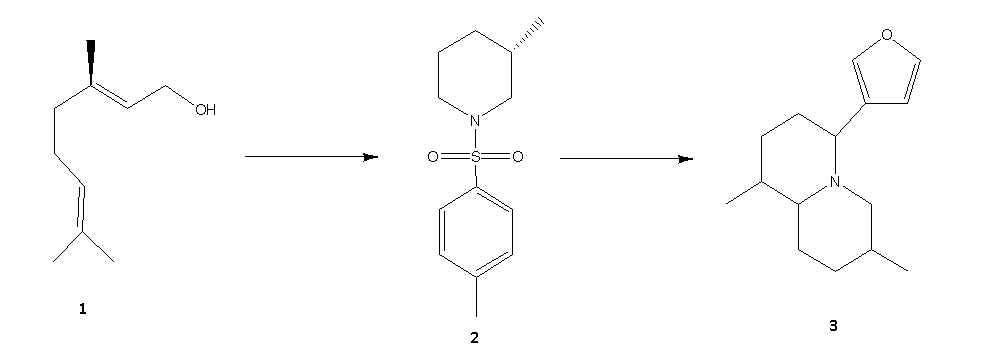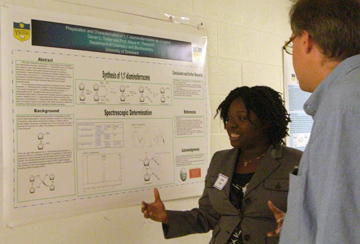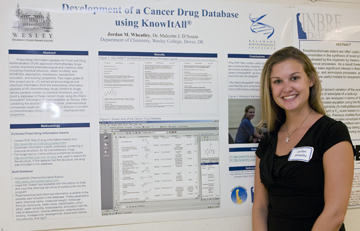| Allen | Genoese | Linton | McAneny |
Sforza |
Turner |
| Bugglin-Borer | Hailey | LoGiurato | Meyer | Shurtleff | Wheatley |
| Darrington | Hartman | Mahon |
Michira |
Straney |
|
| Davis, K | Larsen | Marsan | Polotti | Styer |
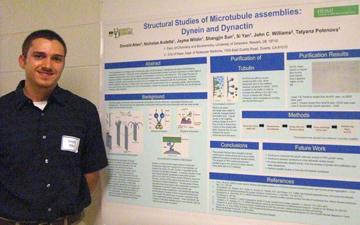 Structural Studies of Microtubule assemblies: Dynein and Dynactin Donald Allen, Nicholas Audette, Jayme Wildin, Shangjin Sun, Si Yan, John C. Williams1, Tatyana Polenova Department of Chemistry and biochemistry and 1City of Hope, Dept. of Molecular Medicine, 1500 East Duarte Road, Duarte, CA 91010 The cytoskeleton is an integral part of eukaryotic cells, and is involved in maintaining cell shape and facilitating intracellular movement. Disruption of the cytoskeleton and associated proteins has been implicated in a wide range of diseases ranging from motor neuron disease1 to mechanisms involved in viral infections2. This project focuses on structural studies of microtubules and their associated motor proteins. The long-term goal is to pursue structural analysis of dynein and its activator dynactin and to investigate their interactions with the microtubules. The main current objective has been to isolate and purify isotopically labeled tubulin from S. cerevisiae (yeast), which will allow us to study these motor proteins bound to microtubules in addition to structural studies of CAP-Gly and DLC8 that are currently under progress. |

